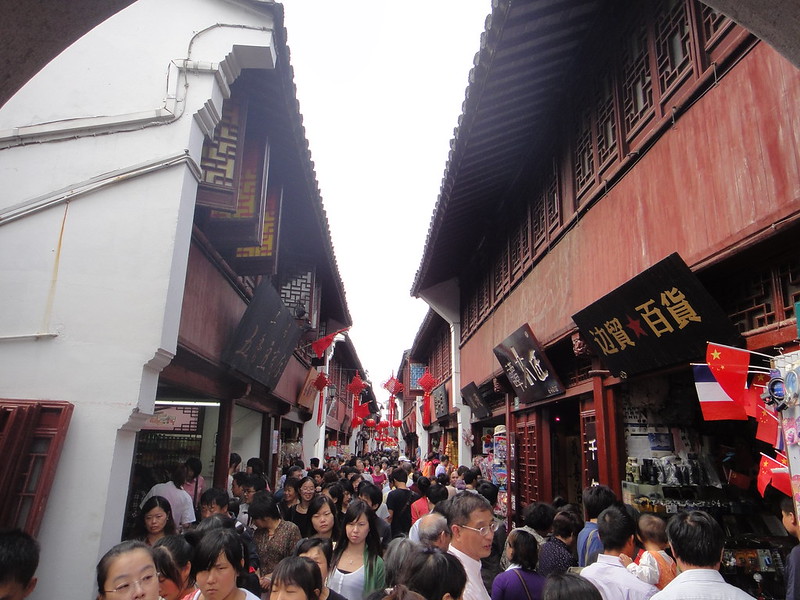China’s Precision Poverty Alleviation Policy
 In 2020, China declared victory over extreme poverty, marking the largest poverty reduction campaign in modern history. More than 700 million people were lifted out of poverty, a feat unmatched globally. A combination of rapid economic growth, targeted government policies and rural development initiatives played a key role in China’s poverty alleviation strategy. By implementing market reforms, direct poverty relief programs and infrastructure investments, China built a sustainable model for long-term poverty reduction.
In 2020, China declared victory over extreme poverty, marking the largest poverty reduction campaign in modern history. More than 700 million people were lifted out of poverty, a feat unmatched globally. A combination of rapid economic growth, targeted government policies and rural development initiatives played a key role in China’s poverty alleviation strategy. By implementing market reforms, direct poverty relief programs and infrastructure investments, China built a sustainable model for long-term poverty reduction.
Market Reforms That Transformed the Economy
China’s economic transformation began in the late 1970s under Deng Xiaoping, who introduced market-oriented reforms to transition from a planned economy to a more open market system. The Household Responsibility System (HRS), implemented in the late 1970s and early 1980s, marked a significant shift in agricultural policy. Before this reform, agriculture was collectivized under Mao Zedong’s leadership, forcing farmers to work in state-run communes with little incentive to improve productivity. Deng Xiaoping ended the commune system, allowing farmers to lease land, choose their crops and sell surplus produce after meeting government quotas.
The shift significantly boosted agricultural productivity, raised rural incomes and granted farmers greater economic freedom. The success of these agricultural reforms laid the foundation for further market-based changes across industries, attracting foreign investment, expanding industrial production and integrating China into the global economy. These reforms created millions of new jobs, increased urbanization and played a critical role in poverty reduction.
The Precision Poverty Alleviation Policy
The Chinese government implemented targeted poverty relief strategies to address specific needs within impoverished communities. The Precision Poverty Alleviation Policy, launched under President Xi Jinping’s administration, introduced a more individualized approach to poverty relief. Instead of applying broad, one-size-fits-all programs, this strategy identified and assisted individual households, tailoring aid to their unique circumstances. Data-driven tracking systems ensured that resources reached those most in need, preventing misallocation and inefficiencies. By focusing on precise identification, the policy allocated resources more effectively and addressed the root causes of poverty rather than just its symptoms.
Rural Revitalization and Agricultural Development
Rural development played a key role in bridging the gap between urban and rural economies. The Rural Revitalization Strategy, launched in 2017, focused on modernizing agriculture, improving infrastructure and expanding economic opportunities in rural communities. A three-year plan introduced in 2021 reinforced these efforts by prioritizing sustainable farming, food security and environmental protection to improve rural living conditions. Reflecting its commitment to food security, China raised its 2024 grain production target to more than 700 million tons, up from its previous goal of 650 million tons. Strengthening food production and ensuring agricultural sustainability have remained central to China’s long-term poverty alleviation strategy.
Looking Ahead
While China’s poverty alleviation campaign has set a global precedent, challenges remain in addressing income inequality, regional disparities and long-term economic sustainability. However, its approach offers valuable insights into how economic reforms, targeted policies and rural investments can potentially lead to transformative change.
– Emina Bolic
Emina is based in Birmingham, UK and focuses on Good News and Technology for The Borgen Project.
Photo: Flickr
